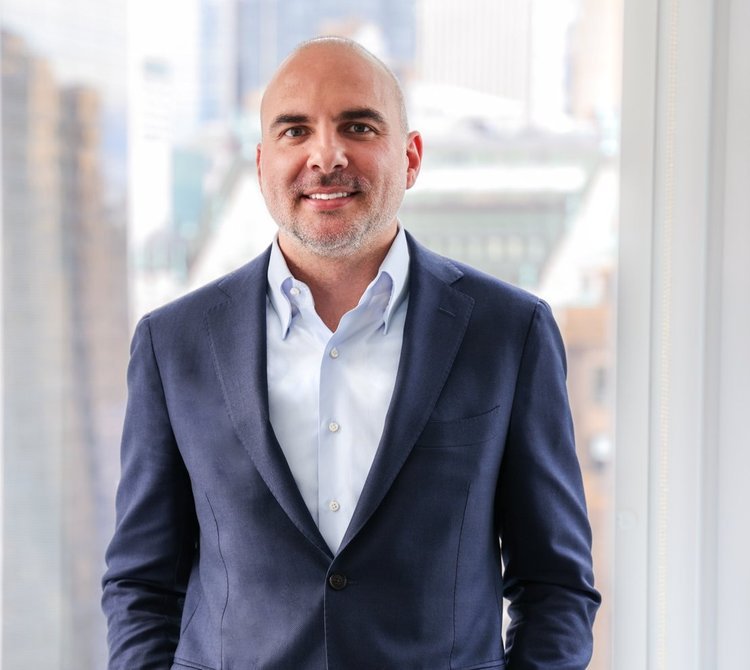
Eric Abramovich, Roc Capital Co-Founder and Chief Credit Officer
Real estate investing: No regulation? No problem
Before understanding how table funding works, it helps to contrast the world of consumer mortgages with the world of real estate investor loans.
Consumer mortgages are highly regulated, with the government and institutions like Fannie Mae and Freddie Mac setting rules and guidelines for lenders. Especially after the 2008 financial crisis, these regulations were critical to creating a stable market and rebuilding consumer confidence. Loan originators are required to comply with Fannie and Freddie guidelines, but this works out well for them too. As long as originators adhere to Fannie and Freddie’s underwriting rules, there’s a guaranteed “take out” or exit route for their loans, i.e., they’re able to sell the loans “upstream” to interested buyers. The business model for originators is to keep originating loans and sell them off as quickly as possible.
By contrast, the private lending industry for real estate investor loans has few regulations and little institutional oversight. In fact, most states don’t even require a license to lend to real estate investors. Consumer mortgage originators are held to a much higher standard — they’re required to check credit, comply with consumer lending laws, order appraisals, and have a whole checklist of other disclosures to inform the consumer about the loan terms they are getting. That’s still not quite how it works in private lending today, and certainly not how it worked back in 2014 when Roc Capital got into the business.
The old Wild West of real estate investor loans
When Roc Capital entered the industry, it was dominated by entrepreneurs who raised lending capital in informal, non-institutional ways, such as by approaching their friends and family, or personal and religious networks. Typically they would inform their networks of a promising deal on a property and convince individuals to make contributions toward funding the loan. There was very little paperwork and few, if any, checks and balances.
Even the term private lending was still new in 2014. Back then, it was mostly called “hard money lending,” a term fraught with unsavory connotations. (Since then there’s been a concerted effort in the industry to move the name to private lending.)
This mostly unregulated market presented a tremendous opportunity for Roc Capital to be a gamechanger and become one of the first firms to introduce the structure, discipline, and benefits of institutional capital. Enter… table funding.
Shared risk, shared rewards
Roc Capital’s “Private Lender Program”’ was designed to enable private lenders to maintain skin in the game. Typically, Roc Capital provided 90% of the capital and the private lender put up the remaining 10%. In the event the loan performed well, the private lender’s return on the 10% investment would be very high. However, any losses or defaults were not proportionally allocated to each participant’s contribution. Instead, they were sequential — a loss would first be taken out of the private lender’s junior stake and only after depleting the junior stake would Roc Capital’s investment be affected. So, a loss of $10,000 on a $100,000 loan would be borne entirely by the private lender, not by Roc Capital. This structure provided a good incentive for private lenders (our customers) to seek out and make deals only with stable, reliable borrowers with minimal risk of default.
Another indication of how table funding has evolved since Roc Capital entered the market: back then, a private lender was required to have a subordinate (or junior) stake in order to get a table funded loan, but as Roc Capital became more comfortable, now the bulk of our loans are “non-subordinated.”
How table funding works
Here’s how Roc Capital’s table funding process unfolds:
The private lender “brings the loan,” i.e. identifies the investment property and the borrower. They represent to the borrower that they are the lender.
Behind the scenes, Roc Capital does the loan underwriting, including overseeing and drafting the loan documents. If the deal meets our standards, we fund the loan.
Roc Capital wires the money directly to the borrower at the “closing table” (hence the name table funding). The private lender doesn’t need to contribute any money toward the closing.
To give it its full name, Roc Capital calls this process “white label table funding,” a phrase borrowed from the world of marketing, when a brand or company that makes a product allows another company to rebrand the product under their name.
Benefits of table funding vs. other models
A key advantage of table funding is that it lets the private lender focus on what they do best — identifying borrowers and lending to them. Roc Capital handles the capital component and takes over the operational aspects like sending wires, servicing the loans (though this is mostly a billing function and the lender still oversees the relationship with the borrower), doing the accounting, and releasing construction draws to the borrowers. Since Roc Capital is putting up all the money to fund the loans, the process enables the private lender to be balance-sheet-lite and to instead invest those funds in other aspects of their business, including marketing. Over the past seven years, Roc Capital has built a large operational team to manage the highly intensive aspects of servicing loans from underwriting to payoffs, something few other firms can match.

Other funding models place more burdens on private lenders and detract from their core ability to focus on lending. Hedge Funds and Private Equity firms on Wall Street have also been buying loans from private lenders. However, their approach is closer to the consumer mortgage world — the Wall Street firm will draft a Master Loan Purchase Agreement (MLPA) to govern the terms of the loan sales. The private lender then funds and sells a pool of loans based on the MLPA, usually at some predefined interval (often weekly or monthly). The Wall Street firm creates a “box” for the private lender, delineating the type of loans it is willing to buy. As long as the loans are “in the box,” the Wall Street firm should buy their loans. That is, of course, in a normal market.
COVID-19 market dislocations proved that loan buyers might not be willing to buy the loans, leaving the private lender with an impaired balance sheet. Moreover, the price at which such loans are bought are also not predefined and liable to change, so a loan that was underwritten to be sold at a premium may well end up trading at a discount (ie. loss to the lender) if markets move. Finally, the lender typically makes representations and warranties to the Wall Street firm and might be forced to buy back loans should those contractual obligations be breached.
Table funding can help you grow your private lending business
Our Products
To learn more about our products and services, visit roccapital.com, call us at 212-607-8333, or email us at lenders@roccapital.com.

